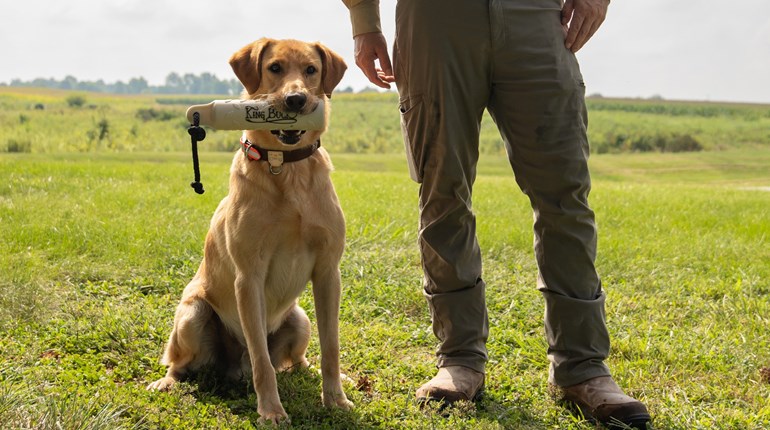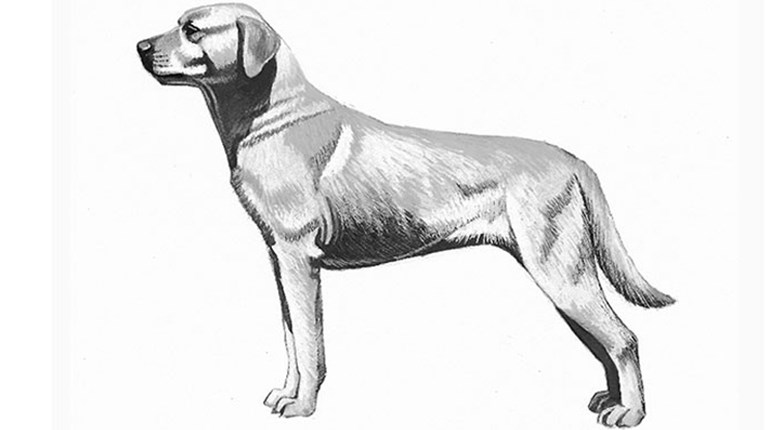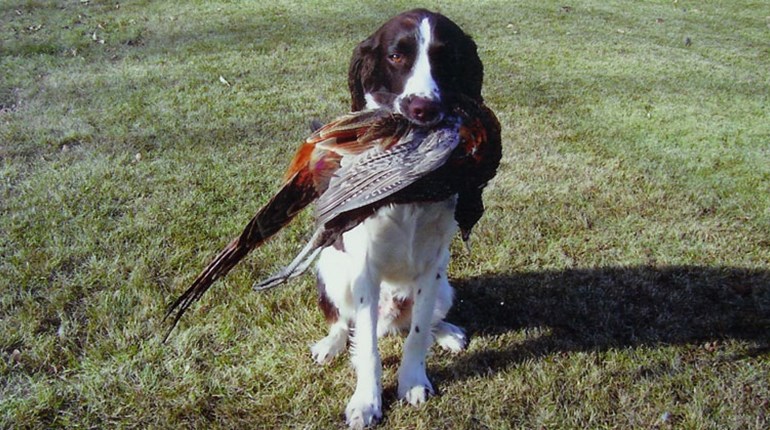
Conventional wisdom has long dictated that performance dog food formulas—which experts recommend for active gundogs—ought to contain a high ratio of protein. For instance my preferred choice, Purina Pro Plan Sport, offers a 30/20 ratio of protein to fat.
However, a study of drug-detection dogs by Cornell's College of Veterinary medicine may call that somewhat into question. According to Joseph Wakshlag, Cornell associate professor of clinical studies and chief of nutrition, the study found that detection dogs' senses of smell improved when they were fed more fat and less protein. Test dogs were fed three different foods: a high-performance diet (27 percent protein), a regular dog food diet (27 percent protein), and a regular dog food diluted with corn oil (18 percent protein). Those fed the food mixed with corn oil exhibited the strongest sniffers when detecting gunpowder, ammonia nitrate and TNT.
"If you're a dog, digesting protein raises body temperature, so the longer your body temperature is up, the longer you keep panting, and the harder it is to smell well," Wakshlag said. "Our study shifts the paradigm of what 'high-performance' diet can mean for dogs."
So, would cutting protein in our bird dogs' diets better equip them to sniff out pheasants and mallards this season? Maybe, but here's the rub: Upland hunting dogs and even duck dogs require great stamina—it takes protein to fuel that endurance.
"It depends on what you want your dog to do," Wakshlag said. "A sled dog or greyhound may need more protein to keep going. But detection dogs tend to exercise in shorter bursts and need to recover quickly and smell well. For that, less protein and more fat could help."
Interesting as this study may be, I don't intend to switch from feeding my dogs a 30/20 formula anytime soon. A potential improvement to olfactory senses means nothing if your dog doesn't have the energy—derived from protein—to continue the hunt.





































